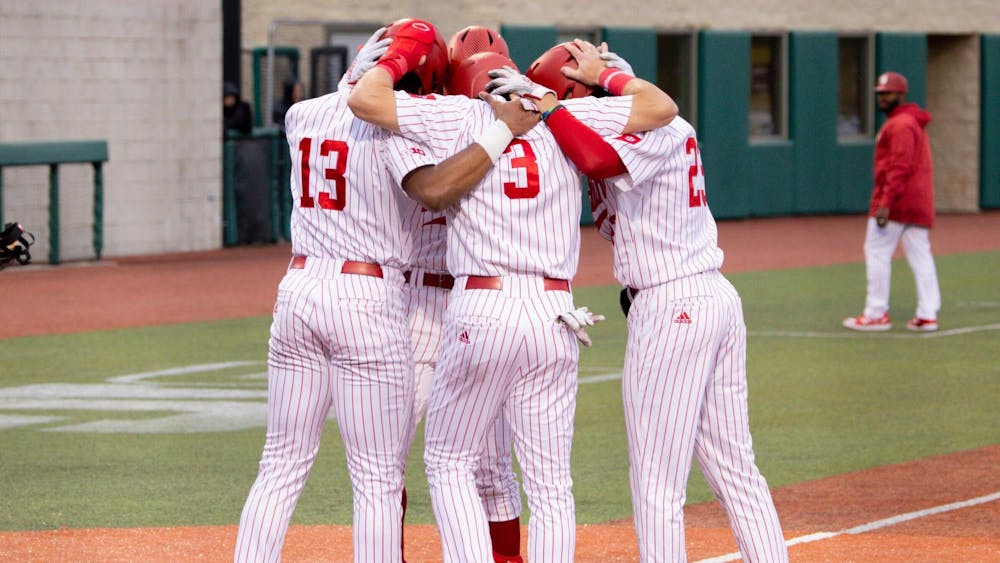Drinkable Bloomington water is currently receiving a $14.5 million makeover, about $2.5 million less than the Monroe Water Treatment Plant estimated it needed to finish the revised and expanded 2003 city project. \nAs a result, Bloomington is proposing up to an 11 percent increase in the cost of water for students, residents, guests and businesses to offset the city funding deficit. Wastewater and storm-water rates are not part of the proposed legislation, according to city officials.\nBloomington Common Council members will discuss the proposed water cost increase at their weekly meeting at 7:30 p.m. today in the Council Chambers at the Showers Building, 401 N. Morton St. The Indiana Regulatory Commission must approve any proposed rate adjustment if the Common Council gives consent to move the legislation forward.\nLAPPING UP THE LAKE\nAll of Bloomington's drinking, grooming and bathing water is supplied from Lake Monroe, whose surface area of 10,750 acres is the largest man-made body of water in Indiana. The lake is owned by the Indiana Department of Natural Resources and managed by the Army Corps of Engineers.\nBloomington purchases water from the state for use at the Monroe Water Treatment Plant. On average, MWTP pumps an average of 15 million gallons per day from the lake. \n"The location of the water that is drawn from the plant and distributed is divided from public areas, close to the Hoosier National Forest area of the Lake Monroe, an area of reduced pollution," said Rachel Atz, Bloomington water quality coordinator.\nSenior Curtis Williams said he has "pretty good faith" Bloomington's drinking water is safe and clean, because he has never experienced a peculiarity in water taste, color or smell. \nIU Environmental Manager Dan Derheimer said IU's water is no different from city water and both draw from the same source.
MAKING WASTEWATER CLEAN\nThe Monroe Water Treatment Plant, operated by the City of Bloomington Utilities, has several stages of sanitation before the water is distributed. Bloomington Utilities claims 91 different primary contaminants can be found in Lake Monroe water before treatment.\nThe city's granular sand filter and copious chlorination vigorously combats these toxins, Atz said.\n"We add chlorine a second time just before the water leaves the plant, in order to meet the minimum level of chlorination that the EPA requires," she said. "We also check the temperature, pH level, and cloudiness of the water just before distribution."\nDrinking, grooming and bathing water becomes wastewater as it flows down the drain and spews into the city sewer. Sewage wastewater flows by gravity to one of Bloomington's two specialized cleansing facilities -- the Bulcher Poole Wastewater Treatment Plant for customers living north of 12th Street and the Dillman Road Wastewater Treatment Plant for customers living everywhere else.\nThe wastewater is treated in three stages. \nAbout 50 percent of the wastewater's solid waste is settled out and then collected for landfill relocation during the first stage of the treatment process. Bacteria is added during the second stage to remove organic materials and nutrients and gobbles up around 95 percent of the remaining material, according to the utilities department.\nThe wastewater receives tertiary treatment during the third stage, in which phosphorus and nitrogen are removed and chlorine is added to kill the remaining bacteria. Wastewater "discharge" is then pumped from the Bulcher Poole into Blossom Creek or from the Dillman Poole into Clear Creek. Both wastewater injected waterways eventually drain into the West and East Fork of the White River Basin, respectively. \n \nMONEY DOWN THE DRAIN\nBloomington resident Dana McCain, a customer service representative for the city utility department, said the water company receives about two to three calls a week from customers questioning the total amount due on their water bill because "they can't believe they used that much water."\nMcCain said the city water company doesn't get involved in student and resident water use -- such as tenant-landlord disputes about leaking pipes or high water rates -- past the monthly reading of the water meter. Bloomington has five or six full-time meter readers, each working one of four water zones within the city.\n"The water piping is private property aside from an annual courtesy check," he said. "If the water meter seems unreasonably high, the meter reader will check the meter again later to validate the reading and leave a door hanger to inform the customer. There are difficulties if the plumbing is not maintained or the toilet is not fixed soon enough."\nDonny Chester, co-owner of Grimes Plumbing, 5645 West St., said he has pulled "all kinds of things" from student and resident toilet bowls. If a customer receives a door hanger or if she or he is surprised by the water bill charge, Chester recommends students and residents shut the water off -- if the meter still moves, the piping might have an unseen leak.\n"Watch out what you put down the toilet and the kitchen sink; there are so many things that can wrong with a toilet," Chester said. \n-- Contact Staff Writer Michael Beal at mdbeal@indiana.edu and City & State Editor David A. Nosko at dnosko@indiana.edu.





